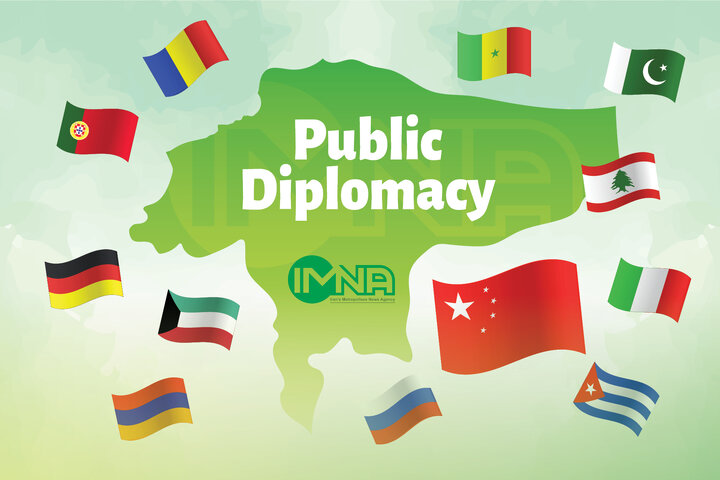Iran (IMNA) - Representatives from China, Vietnam, Uzbekistan, and Poland have been among those who visited Isfahan to cement urban diplomacy in terms of travel, culture, economy, arts, and social affairs.
In an interview with IMNA, Ali Omidi, an expert on international relations, used the context of sister cities or twin towns as an instrument to forge closer relations.
The philosophy of a sisterhood agreement is to create a special bond to help facilitate the visit of citizens to each other's historical, cultural, and touristic attractions, which results in a growing understanding of other cultures, Omidi explained.
Moreover, the expert reminded Isfahan’s high tourism capacities to help restore its true international image to reduce the fear and apprehension triggered by enemies' propaganda campaigns against the Islamic Republic.
The deputy of international affairs at Tehran Municipality Hamidreza Gholamzadeh outlined the kinds of benefits a sisterhood agreement can provide, saying it gives people the chance to get to know other nations.
"Urban diplomacy, and in particular sisterhood agreements, paves the way for both sides to advance their positions and objectives… and to exchange knowledge, ideas, experience, solutions, technical and investment issues, as well as cultural, thought, and social exchanges, which finally make a significant impact on urban management," Gholamzadeh explained.
In another interview, Seyed Ali Moareknejad, who presides over the international affairs department at Isfahan municipality, stressed the need for broadening cultural ties between Isfahan and other cities across the globe.
"So far, Isfahan has inked 15 sisterhood agreements with cities around the world… It seems that we should make better use of this global capability," Moareknejad said.
Isfahan is a historical city with a focus on handicrafts, and the presence of tourists can enhance the economic prosperity of the city and its residents, he said.
In the 17th century, Isfahan was a crossroads of international trade and diplomacy in Iran, and now it is one of Iran’s top tourist destinations for good reasons. The city is nicknamed as Nesf-e-Jahan, which is translated into "half the world"; meaning seeing it is relevant to see half the world.
AFM


Your Comment